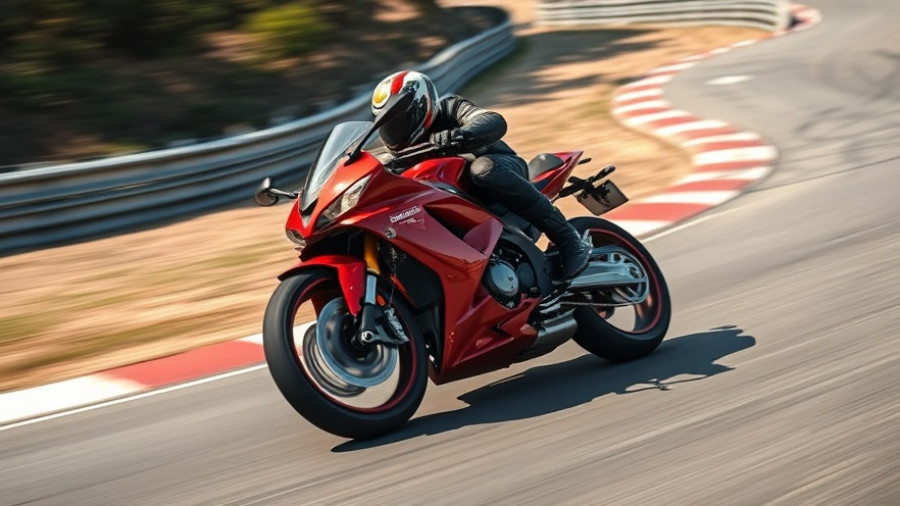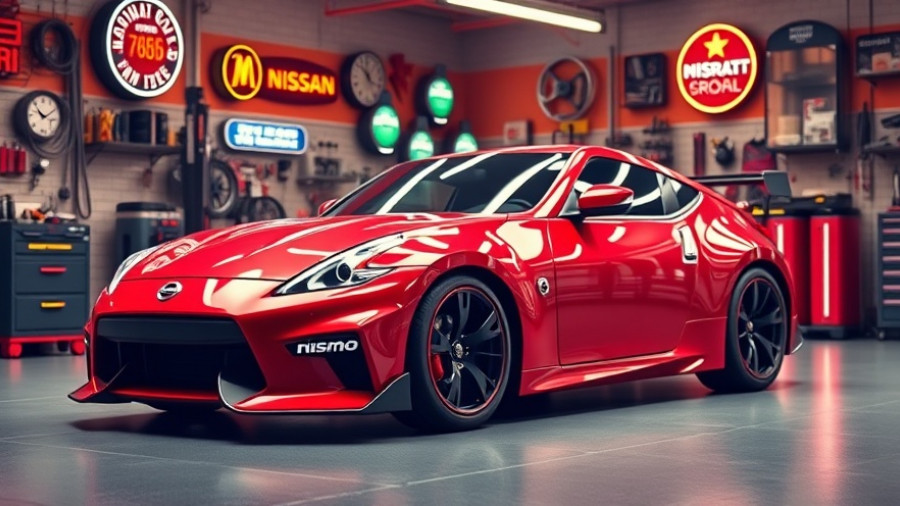
Revolutionary Motorcycle Designs That Shaped the Industry
As motorcycle enthusiasts, we often celebrate those daring models that broke the mold, melding innovation with style. Among the countless designs, there are select motorcycles that not only stood out during their era but also laid the foundation for future modes of transport. With advances in technology often shaping our experience today, let’s take a closer look at ten motorcycles that were truly ahead of their time.
Pioneering the Way: The Honda Super Cub
Launched in 1958, the Honda Super Cub was designed for utility and simplicity, quickly capturing markets worldwide. Its groundbreaking step-through design complemented by a reliable four-stroke engine challenged conventional perceptions of motorcycling as a niche activity, transforming it into a viable mode of transportation for many. Today, it holds the record as the best-selling vehicle globally, illustrating just how influential this model has been.
Back to the Future: The Honda CB750 Super Four
Introduced in 1969, the Honda CB750 is often referred to as the first universal Japanese motorcycle. Its innovative features such as a front disc brake and electric start made it a game-changer in the motorcycle landscape. By proving that motorcycles could be both powerful and reliable, the CB750 set new standards for what riders could expect, enabling a shift towards more dependable motorcycle models.
Adventure Awaits: BMW R80 G/S
The BMW R80 G/S was unleashed in 1980, carving out the adventure bike segment that has only grown in popularity since. Balancing both on-road comfort and off-road capability, this model quickly became a benchmark, inspiring countless manufacturers to follow suit. Its unique design has allowed it to sustain an impressive legacy as a symbol of versatility.
Turbocharged Innovations: Kawasaki GPz750 Turbo
The arrival of the Kawasaki GPz750 Turbo in 1984 introduced turbocharging to the motorcycle realm, exploring what was previously seen mainly in cars. This motorcycle mixed power with performance, foreshadowing a trend that, while initially deemed complex, would eventually see broader acceptance in future generations of motorcycles.
The Unexpected: Honda Valkyrie Rune
In 2004, Honda unveiled the Valkyrie Rune, a motorcycle that was both a visual spectacle and an engineering marvel. Despite its luxurious design and advanced features, it ultimately succumbed to market needs that favored traditional styling, reminding us that aesthetics must meet consumer expectations.
Innovation Revisited: The Italjet Dragster 180
The Italjet Dragster 180, introduced in 1998, demonstrated the possibility of marrying the worlds of scooters and sports bikes. With radical suspension technology and a high-performance engine, its unorthodox design hasn’t achieved mass-market success, proving that being ahead of the curve can be a double-edged sword.
Collectible Classics: Harley-Davidson XLCR
Produced between 1977 and 1979, the Harley-Davidson XLCR brought a café racer aesthetic that was years ahead of its time. Its design and layout aimed to attract a new generation of riders; however, it struggled in sales but has since become a cherished collectible.
The Technical Marvel: Harley-Davidson Nova
In partnership with Porsche, the Harley-Davidson Nova was set to redefine motorcycles in the early 1980s with its innovative water-cooled v-four engine. Though underfunded in a post-AMF era, the planned advances in design could have significantly shifted Harley’s trajectory if realized.
A Glimpse of the Past: The Cyclone V-twin
The Joerns Motor Manufacturing Company's Cyclone was an engineering wonder before its time, boasting features such as overhead valves and forged parts that were unheard of in the early 20th century. Its racing pedigree proved it was capable of astonishing speed, yet the company’s demise stymied its potential longevity in the market.
BMW's Supercharged Future: WR 750
The WR 750, produced in the late 1920s, showcased the potential for supercharging in motorcycles, a concept that wouldn't resurface until much later. Although the technology was eventually banned, it served as a stepping stone towards future innovations in performance design.
Conclusion: Expect the Unexpected
The journey of motorcycle design is never-ending, with each innovative model paving the way for the next. A shared trait among these groundbreaking bikers is their unique ability to inspire future innovations through their forward-thinking designs. Whether they succeeded in the market or fell flat, these impressive machines have contributed to the narrative of motorcycling in profound ways. As we look ahead to 2024 and beyond in the automotive world, it's exciting to consider what new standards will emerge and how future designs will delight riding enthusiasts.
 Add Row
Add Row  Add
Add 




Write A Comment